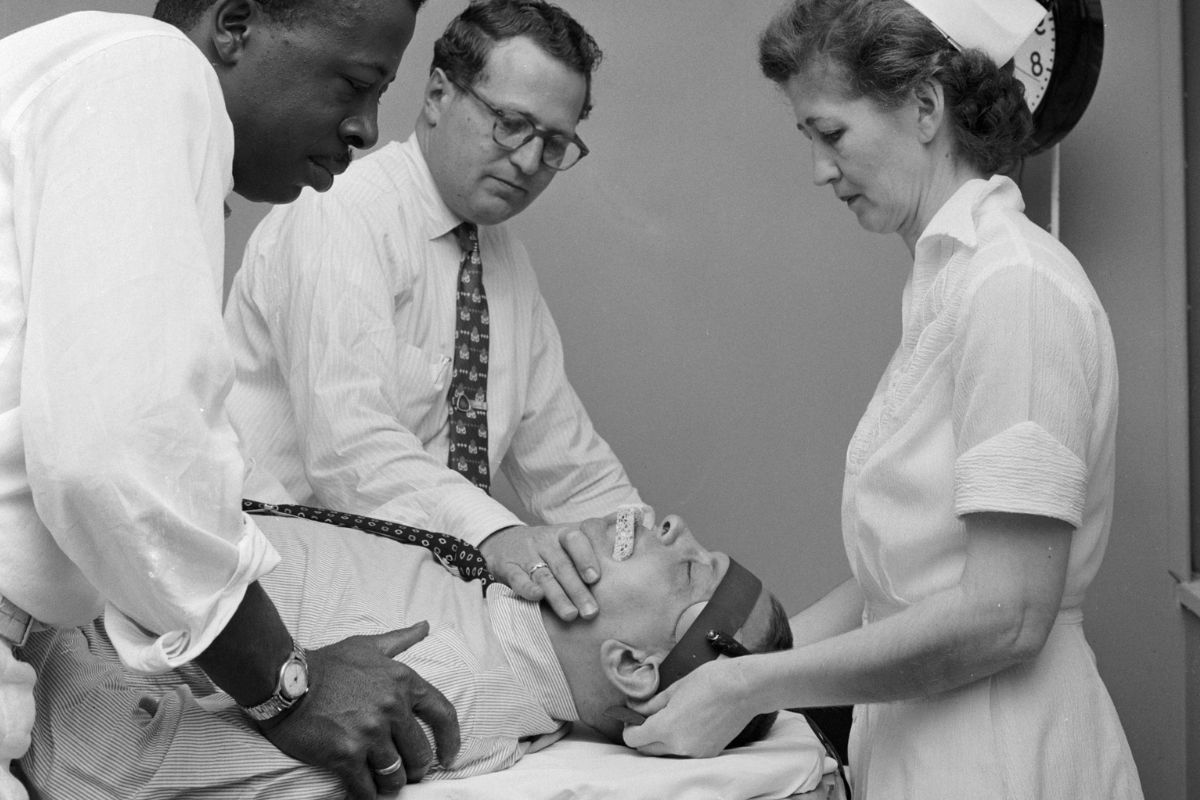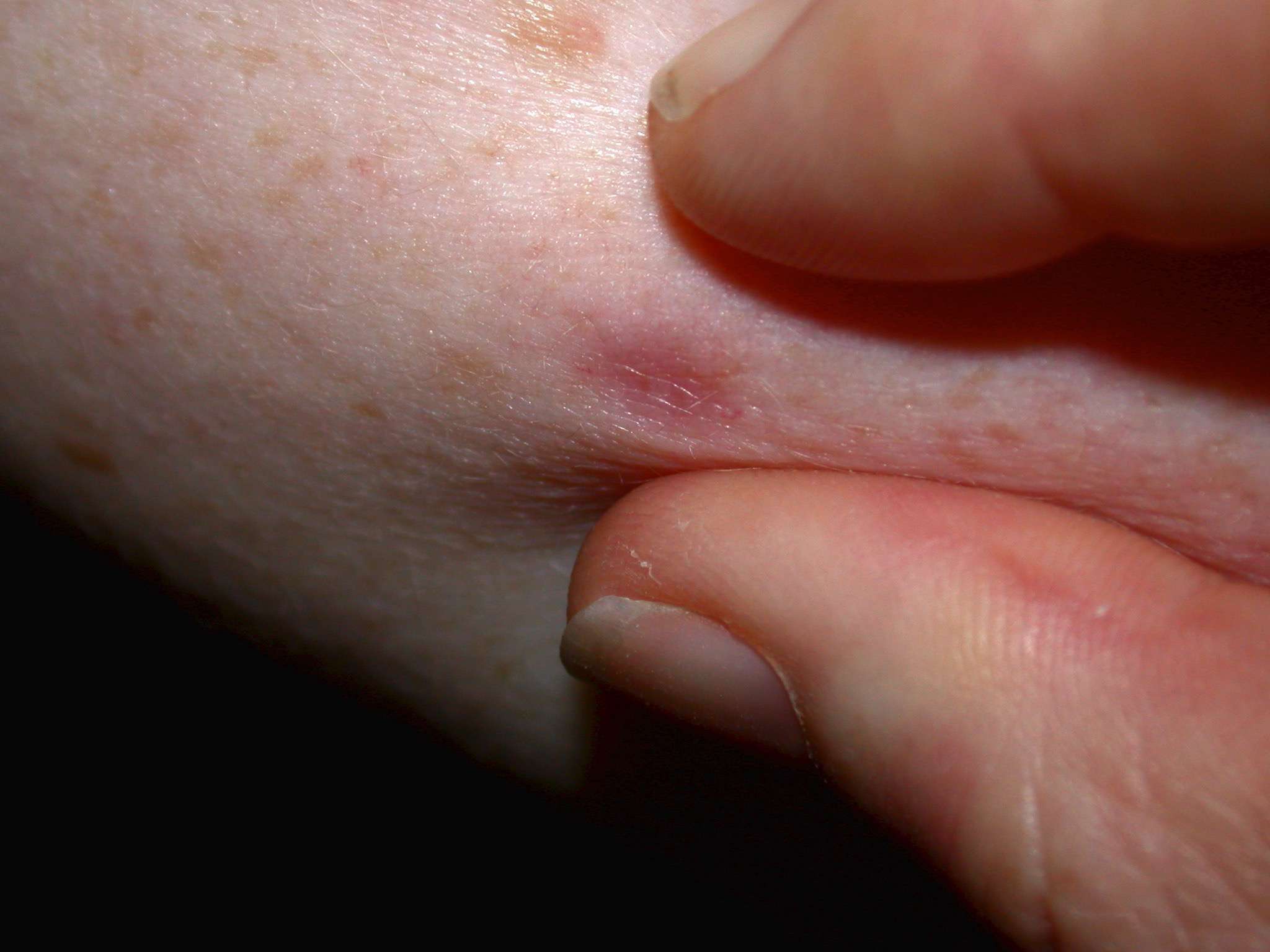
Human experiments have always sparked curiosity and controversy. From ancient times to modern days, these tests have pushed the boundaries of science and ethics. Did you know that some of the most groundbreaking medical discoveries came from these trials? While some experiments led to life-saving treatments, others left dark marks on history. Why do people conduct human experiments? The quest for knowledge, the drive to cure diseases, and sometimes, less noble reasons. This post dives into 35 intriguing facts about human experiments, shedding light on their impact, ethics, and the stories behind them. Buckle up for a journey through the curious world of human trials!
Key Takeaways:
- Human experiments have led to medical advancements but at a great moral cost, disregarding human rights and dignity. Ethical standards and informed consent are crucial to prevent such atrocities from happening again.
- Governments and military organizations have conducted numerous human experiments, often in secret and without consent. Modern ethical standards emphasize informed consent, respect for persons, and minimizing harm to prevent such abuses.
Human Experiments: A Dark Chapter in History
Human experiments have been conducted throughout history, often with shocking and unethical methods. These experiments have led to significant medical advancements but at a great moral cost. Here are some startling facts about human experiments.
-
The Tuskegee Syphilis Study involved 600 African American men who were misled about their treatment for syphilis. The study lasted 40 years, ending in 1972.
-
Nazi Medical Experiments during World War II were some of the most horrific. Prisoners in concentration camps were subjected to freezing temperatures, infectious diseases, and mutilation.
-
The Guatemala Syphilis Experiment saw U.S. doctors infecting Guatemalan soldiers, prostitutes, prisoners, and mental patients with syphilis without their consent between 1946 and 1948.
-
MKUltra was a CIA program that experimented with mind control using LSD and other drugs on unwitting U.S. citizens during the 1950s and 60s.
-
The Willowbrook State School in New York deliberately infected mentally disabled children with hepatitis to study the disease from 1956 to 1970.
Medical Advancements at a Moral Cost
While some human experiments have led to medical breakthroughs, the ethical implications are deeply troubling. These experiments often disregarded human rights and dignity.
-
The Monster Study in 1939 involved orphaned children being subjected to psychological abuse to induce stuttering, causing long-term trauma.
-
Project 4.1 was a secret U.S. study on the effects of radioactive fallout on the residents of the Marshall Islands after nuclear tests in 1954.
-
The Milgram Experiment in the 1960s tested obedience to authority by instructing participants to administer electric shocks to others, revealing the dark side of human nature.
-
Stanford Prison Experiment in 1971 simulated a prison environment, leading to extreme psychological stress and abusive behavior among participants.
-
Operation Midnight Climax involved the CIA setting up safe houses where they secretly dosed people with LSD to study its effects on unwitting subjects.
Unethical Practices in the Name of Science
Many human experiments were conducted under the guise of scientific progress, often without the subjects' knowledge or consent. These practices have raised serious ethical questions.
-
The Holmesburg Prison Experiments in the 1950s and 60s involved dermatological research on inmates, exposing them to dangerous chemicals.
-
The Aversion Project in South Africa during the apartheid era subjected LGBTQ+ individuals to electric shock therapy and chemical castration.
-
The Tearoom Trade Study in the 1960s involved a researcher secretly observing men in public restrooms to study homosexual behavior, violating their privacy.
-
The Bhopal Disaster in 1984 led to unethical studies on the survivors of the gas leak, with researchers exploiting their suffering for data.
-
The Henrietta Lacks Case involved the use of her cancer cells without her consent, leading to significant medical advancements but raising ethical concerns.
Psychological and Behavioral Experiments
Human behavior and psychology have been subjects of intense study, sometimes leading to controversial and harmful experiments.
-
The Little Albert Experiment in 1920 conditioned a baby to fear white rats by pairing the sight of the rat with loud, frightening noises.
-
The Landis' Facial Expressions Experiment in 1924 involved participants making various facial expressions while being exposed to disturbing stimuli, including decapitating live rats.
-
The Robbers Cave Experiment in 1954 studied group conflict and cooperation by manipulating boys at a summer camp, leading to intense rivalry and aggression.
-
The Third Wave Experiment in 1967 simulated a fascist regime in a high school classroom, demonstrating how easily people can be swayed by authoritarianism.
-
The David Reimer Case involved a botched circumcision leading to a sex reassignment surgery and subsequent psychological trauma, highlighting the complexities of gender identity.
Experiments on Vulnerable Populations
Vulnerable populations, including children, prisoners, and the mentally ill, have often been targeted for human experiments, raising serious ethical concerns.
-
The Vipeholm Dental Caries Study in Sweden from 1945 to 1955 involved mentally disabled patients being fed sugary diets to study tooth decay.
-
The Fernald School Experiments in the 1940s and 50s involved mentally disabled children being fed radioactive oatmeal to study the effects of radiation.
-
The Jewish Chronic Disease Hospital Study in 1963 involved injecting live cancer cells into elderly patients without their consent.
-
The San Quentin Prison Experiments in the 1960s involved testing the effects of various drugs on inmates, often without their knowledge.
-
The Holmesburg Prison Experiments saw inmates being exposed to dioxin, a toxic chemical, to study its effects on the skin.
Military and Government Experiments
Governments and military organizations have conducted numerous human experiments, often in secret and without the subjects' consent.
-
The Edgewood Arsenal Experiments from 1955 to 1975 involved testing chemical weapons on U.S. soldiers, leading to long-term health issues.
-
The Mustard Gas Experiments during World War II saw soldiers being exposed to mustard gas to study its effects, often without proper protection.
-
The Atomic Soldiers were U.S. military personnel exposed to nuclear tests in the 1950s and 60s to study radiation effects.
-
The Operation Whitecoat involved Seventh-day Adventist soldiers volunteering for biological warfare experiments from 1954 to 1973.
-
The Project SHAD (Shipboard Hazard and Defense) involved testing chemical and biological agents on U.S. Navy ships during the 1960s.
Modern Ethical Standards
Modern ethical standards have been established to prevent the repetition of past mistakes. These standards emphasize informed consent, respect for persons, and minimizing harm.
-
The Nuremberg Code was established after World War II to set ethical guidelines for human experimentation, emphasizing voluntary consent.
-
The Declaration of Helsinki provides ethical principles for medical research involving human subjects, focusing on patient welfare and informed consent.
-
The Belmont Report outlines ethical principles and guidelines for research involving human subjects, emphasizing respect, beneficence, and justice.
-
Institutional Review Boards (IRBs) are committees that review and approve research involving human subjects to ensure ethical standards are met.
-
Informed Consent is now a fundamental requirement for any human experiment, ensuring participants are fully aware of the risks and benefits before agreeing to take part.
Final Thoughts on Human Experiments
Human experiments have shaped our understanding of science and ethics. Some led to groundbreaking discoveries, while others highlighted the dark side of scientific curiosity. Tuskegee Syphilis Study, Stanford Prison Experiment, and Milgram's Obedience Study are infamous examples that remind us of the importance of ethical guidelines. These experiments taught us valuable lessons about informed consent, human rights, and moral responsibility.
Today, strict regulations ensure that human subjects are treated with respect and dignity. Institutional Review Boards (IRBs) play a crucial role in overseeing research to prevent past mistakes from repeating. As we continue to explore the frontiers of science, remembering these lessons is vital. Ethical considerations must always be at the forefront of any research involving humans. This balance between scientific progress and ethical responsibility will guide us toward a more humane and just future.
Frequently Asked Questions
Was this page helpful?
Our commitment to delivering trustworthy and engaging content is at the heart of what we do. Each fact on our site is contributed by real users like you, bringing a wealth of diverse insights and information. To ensure the highest standards of accuracy and reliability, our dedicated editors meticulously review each submission. This process guarantees that the facts we share are not only fascinating but also credible. Trust in our commitment to quality and authenticity as you explore and learn with us.


